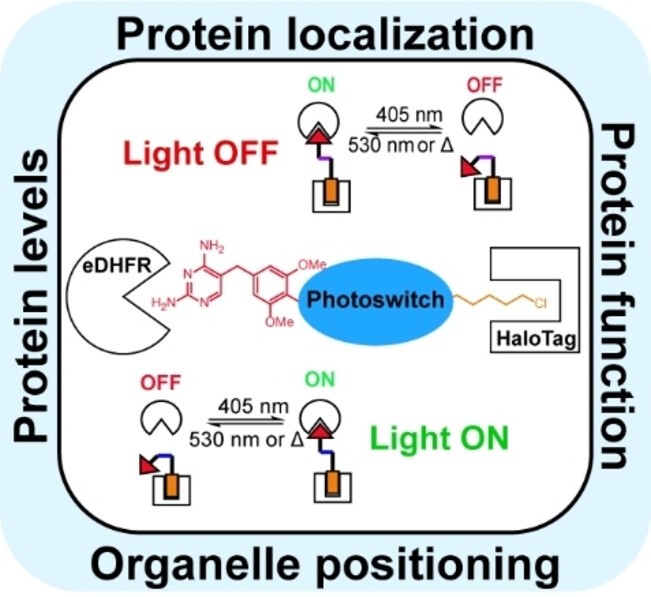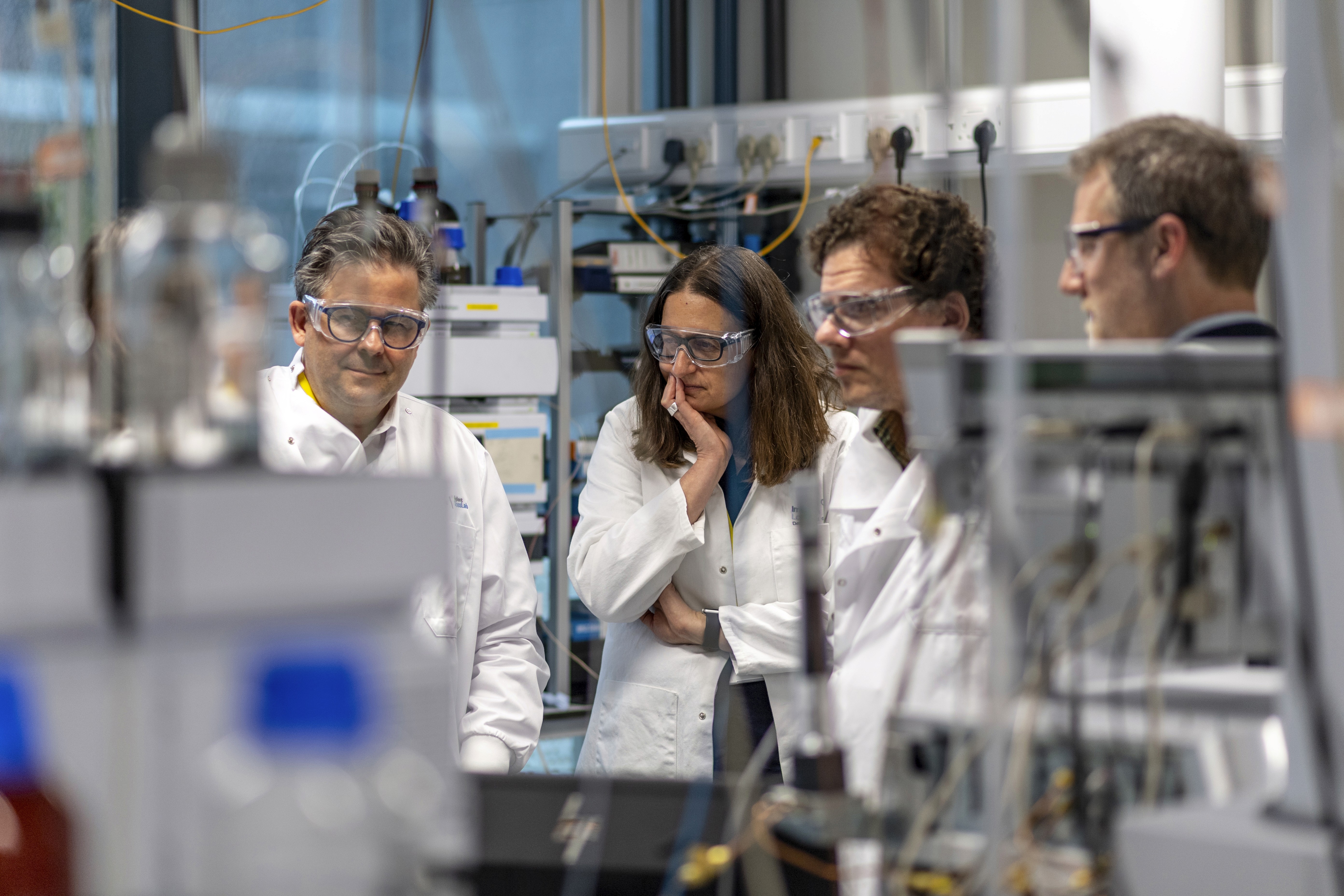Biopharma Solutions Tools Tech
Light Tunable Chemicals Could Spark New Era in Protein Science
Umeå University unveils cutting-edge light-controlled tools that enable real-time, high-precision manipulation of protein functions in living cells
Jan 31, 2025
[DALL-E]
At Umeå University, researchers are turning on a new era in cellular engineering with advanced light-controlled tools that precisely manipulate protein functions in living cells. The latest innovation harnesses the power of light to orchestrate the intricate dance of proteins, offering unprecedented control that could propel medicine and synthetic biology into bold, uncharted territory.

“Cellular processes are complex and constantly change depending on when and where in the cell they occur. Our new chemical tool with light switches will make it easier to control processes in the cell and study how cells function in real-time. We can also determine where we make such regulation with a resolution of micrometers within a cell or tissue”, says Yaowen Wu, professor in the Department of Chemistry at Umeå University.
Ditching the slower pace of traditional genetic techniques like CRISPR-Cas9—which often allow cells time to adapt—this new chemo-optogenetic system merges chemical innovation with optical precision. By integrating light-sensitive molecules, optics, and genetically modified proteins, the research team is pioneering a method that delivers rapid, pinpoint control over cellular functions.
Building on earlier work with molecular glue systems designed to coax proteins together, the Wu lab has now tackled previous hurdles such as insufficient photochemical and chemical stability. In a pair of breakthrough publications featured as hot papers in Angewandte Chemie International Edition and Chemistry – A European Journal, the researchers introduced next-generation, photoswitchable molecular glues. These state-of-the-art tools can be toggled “on” or “off” using light of specific wavelengths, enabling multiple activation cycles that either promote or inhibit protein function with the finesse of a high-tech light switch.
”The new modular design enables enormous versatility of the system with adaptable properties and more stability,” says Jun Zhang, a staff scientist at the Department of Chemistry at Umeå University.
This refined approach has already yielded impressive results in the lab. “In our experiments, we were able to demonstrate precise control over several processes in the cell, including protein function and localization, organelle positioning, and protein levels,” says Laura Herzog, a postdoctoral fellow at the Department of Chemistry at Umeå University. With these advancements, scientists can envision a future where cellular processes are manipulated with laser-like precision—opening avenues for innovative treatments and new biotechnological applications.


















